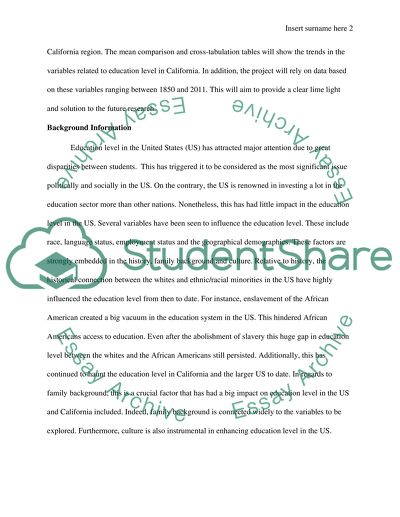Cite this document
(“Interpretation of tables in sociological way Research Paper”, n.d.)
Interpretation of tables in sociological way Research Paper. Retrieved from https://studentshare.org/sociology/1470271-interpretation-of-tables-in-sociological-way
Interpretation of tables in sociological way Research Paper. Retrieved from https://studentshare.org/sociology/1470271-interpretation-of-tables-in-sociological-way
(Interpretation of Tables in Sociological Way Research Paper)
Interpretation of Tables in Sociological Way Research Paper. https://studentshare.org/sociology/1470271-interpretation-of-tables-in-sociological-way.
Interpretation of Tables in Sociological Way Research Paper. https://studentshare.org/sociology/1470271-interpretation-of-tables-in-sociological-way.
“Interpretation of Tables in Sociological Way Research Paper”, n.d. https://studentshare.org/sociology/1470271-interpretation-of-tables-in-sociological-way.


